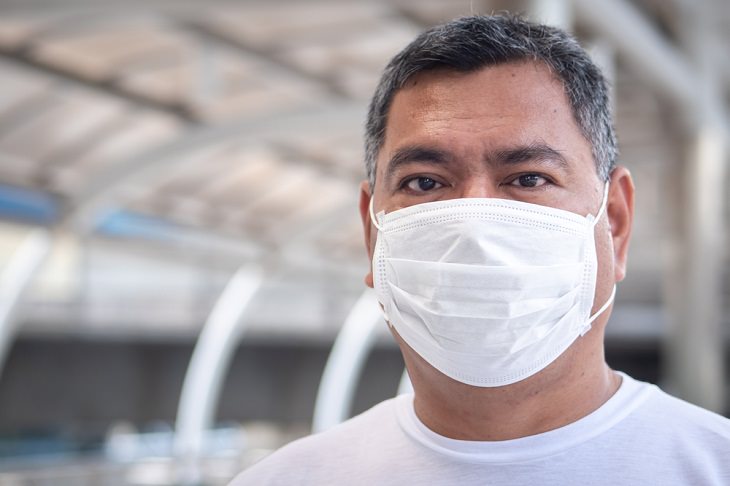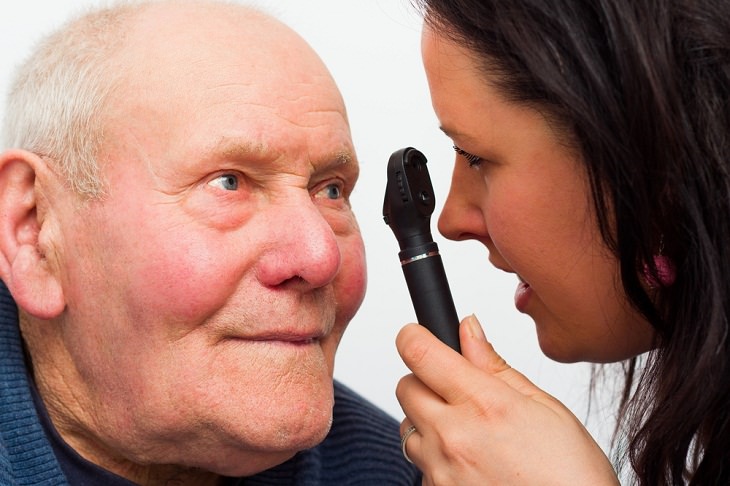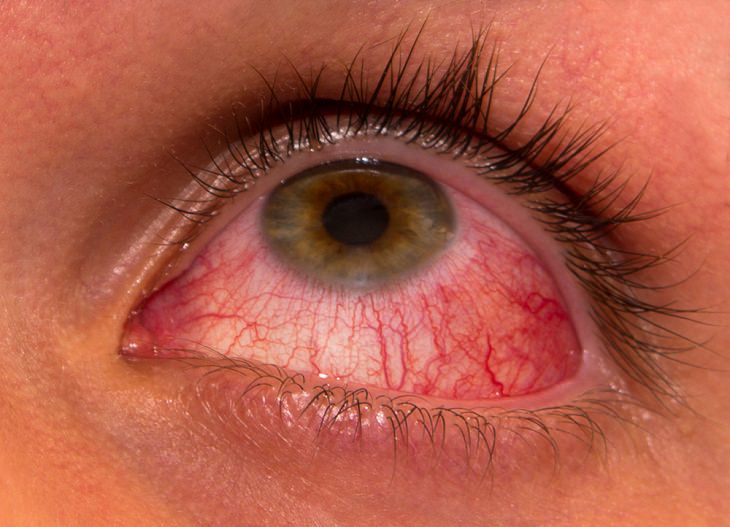5 Eye Issues People Have Faced Due to the Pandemic
The coronavirus pandemic has changed our
world, perhaps forever. And while we are fighting back and trying to
edge our way towards a normal life, we still don't know when will we be
truly free from the clutches of this pandemic. We all had to face our
own, personal challenges in this past year, but one of the
less-discussed aspects of this time in our lives is the impact of the
Covid-19 pandemic on our eye health.
Eye care providers worldwide observed a
steep and sudden rise in ocular issues, attributing many of them to the
COVID-19 pandemic. Staying cooped up in our homes for months during
quarantine has also meant that we're spending more hours every day in
front of screens. All this extra screen time caused more strain on our
eyes than ever before, which, in turn, has resulted in a variety of
eye-related problems. We discuss 5 of the major ones below.
1. Mask-induced dry eye 

According to health professionals, the
signs and symptoms of dry eye syndrome (DES) have become quite common
among people across the world since March of last year. The main reason
behind the uptick in DES cases can be attributed to widespread mask
mandates across the world. Wearing masks hinders the normal flow of air
from our nostrils and diverts some of the air we breathe out towards our
eyes.
When this happens continually for long hours, it causes the natural
lubrication of the eyes to dry up. This is why healthcare providers and
essential workers, who are required to wear masks for close to 50 hours a
week, have endured dry and itchy eyes the most.
Patients who are wearing masks for extended periods of time are also
likely to encounter these symptoms. According to a study published last
year, the elderly and those with an impaired immune system are also more
likely to suffer from this issue. Interestingly, this includes those
who have never previously suffered from dry eyes.
Ill-fitting masks can worsen the symptoms because of the continuous flow
of exhaled air on the exposed eye while breathing. So, make sure that
you wear a properly fitting mask that will help reduce airflow directed
at the eyes. Also, if you have to wear a mask all day, make sure you
stay away from screens at the end of the day. Take breaks and make sure
that you blink regularly. Placing a warm compress on your eyes for a few
minutes before bed will also help.
2. Computer Vision Syndrome
The pandemic forced most of us to stay at
home all year. Millions of people are still working from home, but even
those who don't are glued to their computer- or mobile screens as they
can’t venture out. Digital screens make the eyes work harder. The more
time we spend in front of them, the more we strain our eyes. Staying
home and spending hours staring at digital screens has led to an
increase in eyestrain, headaches, blurred vision, and dry eyes in the
last year.
These are all symptoms of computer vision syndrome, also referred to as
digital eye strain. The American Optometric Association describes the
condition as “a group of eye- and vision-related problems that result
from prolonged computer, tablet, e-reader, and cell phone use.”
If you are experiencing any of these symptoms, make sure that you're
taking frequent screen-time breaks. In many cases, wearing glasses
prescribed specifically for computer use may improve your symptoms.
Using screen glare filters on your devices will also be quite helpful,
especially if you have to spend several hours every day in front of
screens. However, if you experience a steady decline in vision, please
see an eye doctor.
3. Convergence Insufficiency


Another common ocular issue associated with
the pandemic is convergence insufficiency (CI). The American
Association for Pediatric Ophthalmology & Strabismus describes the
condition as “the inability to maintain binocular function (keeping the
two eyes working together) while working at a near distance.” Usually,
one or both eyes move outward when focusing on a word or object nearby.
While the exact causes of CI are still unknown, health experts believe
that people are experiencing these symptoms during prolonged near-work,
such as reading or spending time in front of a computer screen. The
symptoms of CI include blurry vision, double vision, eyestrain, vision
problems, headaches, trouble concentrating, and difficulty in reading.
Patients often complain of having read a page in a book and suddenly
becoming confused about what they read. The symptoms of CI can be
aggravated when one spends long hours staring at a digital screen
because people tend to blink less while focusing on digital screens.
Ophthalmologists generally recommend doing pencil push-ups for people
who experience mild symptoms of convergence insufficiency. Just hold a
pencil at arm’s length and slowly bring it towards your nose until you
see double. Keep doing this for a few minutes every hour while you're
doing near-work, and it should help.
See Also: 15 Vision Myths We Should All Stop Believing
4. Corneal abrasions 

Cases of ocular injuries and corneal abrasions have become pretty common
during the pandemic, as more and more people are trying to finish home
projects and other DIY tasks in quarantine. A corneal abrasion is
basically a scratch on the surface of the eye caused by a foreign body
like flying dust, specks of metal, grains of sand, a fingernail, and
other debris that get trapped in the eye. You may endure symptoms like
eye pain, watery eyes, inflammation, or blurred vision. Thankfully, most
corneal abrasions are mild and can be treated easily.
If you scratch your eye, rinse it immediately with clean water or saline
solution. Blinking several times will also help remove the little
particles of sand or dust trapped in your eye. However, if these actions
don’t bring any relief, then it's best that you get your eye checked.
Corneal abrasions can be prevented by wearing safety goggles while doing
household tasks. Also, refrain from rubbing or putting pressure on the
eyes.
5. Central serous chorioretinopathy
Central serous chorioretinopathy happens
when fluid builds up under the retina. This can lead to blurred central
vision, dark spots, and distorted vision. The most common cause for this
condition is stress. Since the COVID-19 pandemic has caused a
tremendous amount of stress to people across the globe, many have been
experiencing central serous chorioretinopathy in recent months. This
condition generally affects just one eye at a time, but both eyes can be
affected at the same time as well.
The best way to treat central serous chorioretinopathy is to manage your
stress. So, try and find ways to relax if you are under too much
stress. Mediate, eat healthy, exercise, and sleep well. Usually, these
should help keep the symptoms in check. But if they persist, then it
would be a good idea to get your eyes checked by a professional.